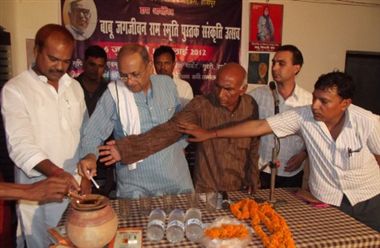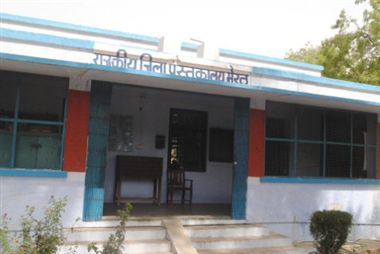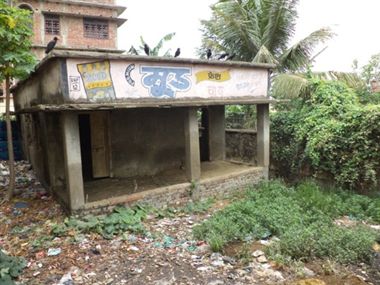The hard thing is that you cant infuse jaan by donating books or legislating, it can come only from love
By Anurag Behar
The heat would melt the tar on the road, as I walked back home from school with friends. None of us would notice that the stiff black leather shoes burnt the feet with concentrated heat. From home I would walk to the British Library, the melting tar would stick to the shoe. Despite all our claims of the lake-generated pleasantness, Bhopal burnt in April and May, as much as the rest of north India.
The library was an air-conditioned oasis. I was willingly lost, hardly noticing the air conditioning. Lost in Bronowski’s The Ascent of Man. Lost in Punch. Lost in Christie, Sayers and Wodehouse. Lost gazing at the stars, in a fascinating atlas of the universe. Lost in Toynbee, Greene and Yeats. Often understanding little but so completely lost, that is how I discovered the world.
For every book I read, I read many more back-covers. I probably learnt more from the back-covers than I did later at my four-year engineering programme.
Last week I took my mother to a shop near the library. While she shopped I went and just stood in front of the library which was no longer there. In its place there was another library, the Vivekananda Library. This was a June evening, not a May afternoon, after 25 years. And out walked a familiar face from the past, from the different library.
Since 25 years change a boy, more than a man, he could not have recognized me. We chatted briefly, all he needed to know was that there was a time that I used to visit the British Library. His lament (in chaste Bhopali) started with “saheb, ab jaan nahi rah gayi” (there is no life any more). He said that they buy books with no thought, often from the shop across the road. The membership has dwindled. The staff runs the place for the salary they get, not for love; it’s a travesty of the memory of the great man whose name it bears.
Both of us were blinded by the dense fog of nostalgia. For me it was the discovery of the loss of the dearest of friends. The only solace being that perhaps things were not as bad as he made it out to be. I went back to my mother, who knows what the library meant to me.
When I used to go to the British Library, I also used to visit the Hindi Bhavan, which was my gateway to Indian literature. It had a great collection in imposing glass cases and steel almirahs, but it didn’t have any jaan. I would select the books quickly and get them issued, never linger on, never get lost.
The Bhopal I grew up in was a small town. My father grew up in a much smaller place, a very small kasba: Sarangarh. It was one of the many tiny “princely states” in Chhattisgarh. In the 1940s through to the 1960s, the success of people from that tiny, unknown place was remarkable. It was a simple measure of success in socialist India, the number of people who joined the ICS, IAS, IPS or other elite government jobs. The reason was well understood in Chhattisgarh: Sarangarh had good education. My father’s recounting of this good education has two stories. One is about how the local school became good.
The other story is that of the competition of libraries. In my father’s earliest memories, his tiny kasba had two libraries. He devoured the books in both. In some time he set up a library of his own, along with some friends. Some other people set up another library in competition. This competition was about who had better books. He was a member of all four libraries, benefiting from this unheard of phenomenon of library competition in a nondescript nook of India. Soon another one came up. A couple of years later, his uncle became the vice-president of the local municipal council. The uncle and nephew conspired to build what became a large municipal library, with a lot of jaan. It lit life there for a couple of decades; even I have seen its embers. My father says “whatever I became is in large measure because of that library”.
There is no substitute for a good schooling system and so we must improve ours. But education and learning, including that of adults, is also significantly influenced by the overall intellectual environment of local communities. Libraries are institutions that can substantially help with this. It’s no surprise that vocal gratitude for libraries, and lament if they are lost, I have heard from hundreds of people.
Even the age of Kindle and iPad, cannot obliterate the social institution that a good library can become. A library with jaan, is much more than books, it’s a place for meeting, exchange and discovery. If every kasba had one, the local schools and colleges would have an invaluable ally in education.
The hard thing is that you can’t infuse jaan by donating books or legislating, it can come only from love—I don’t know what else to call it.
Anurag Behar is chief executive officer of Azim Premji Foundation and also leads sustainability issues for Wipro Ltd. He writes every fortnight on issues of ecology and education. Comments are welcome at othersphere@livemint.com




.gif.crop_display.jpg)



